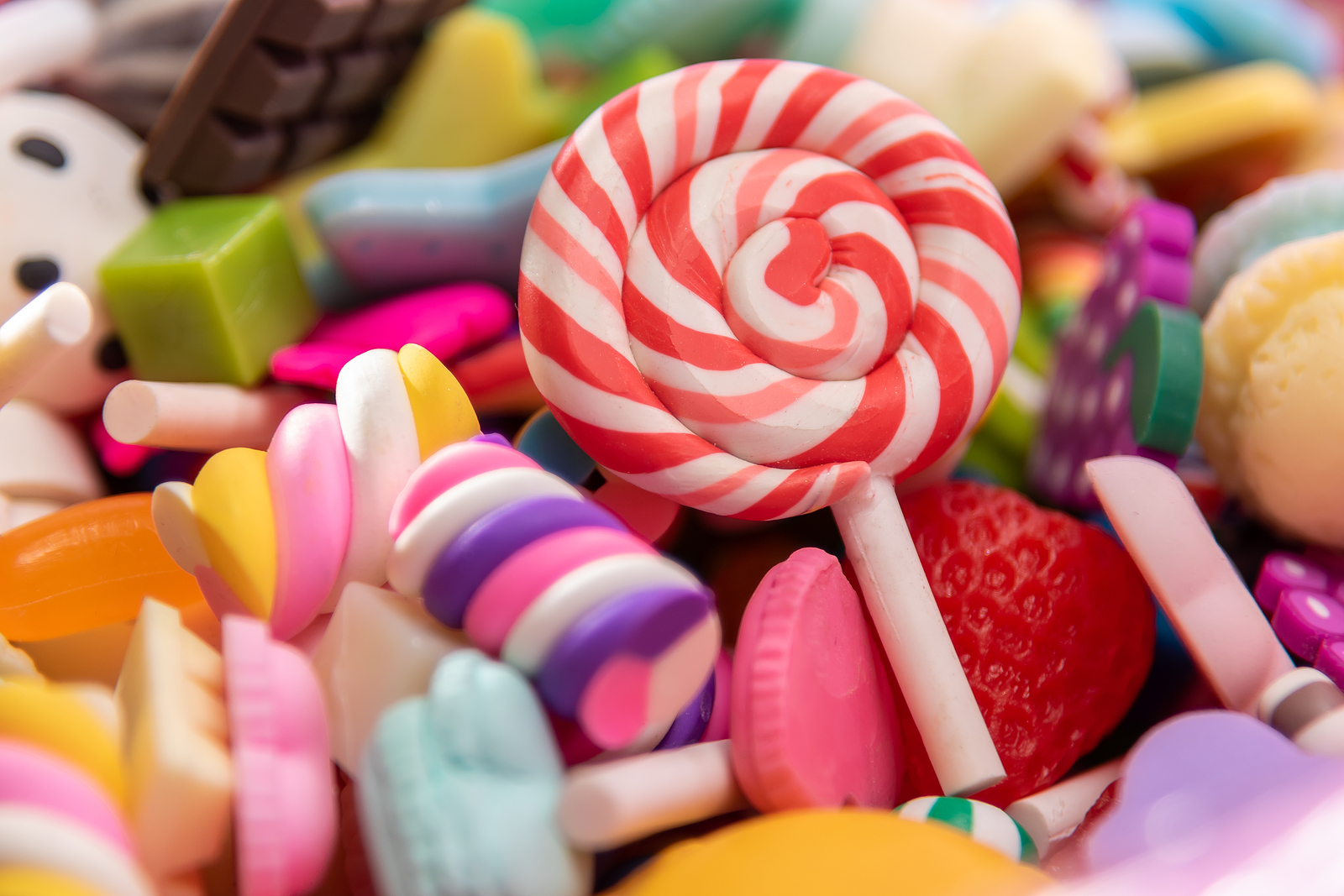I’m sure you’re well aware of the tiny but iconic lollipops called Dum Dums. You might even have a favorite flavor, including the curious “Mystery Flavor”. What exactly is a mystery flavor, though? I’ll answer that question in this edition of “How It’s Made”.
How is Candy Made?
First and foremost, let’s talk about the general process for making candy. The base of candy is sugar and water. The type of candy determines other required ingredients such as brown sugar, corn syrup, fats, or acids, and a variety of flavorings.
After mixing comes heating at temperatures as high as 350 degrees Fahrenheit. In general, hard candies are heated at higher temperatures and soft candies are heated at lower temperatures. The heated mixture then moves through molding, cooling, wrapping, and packaging machinery. This process and the equipment used to perform these tasks is similar to the process and equipment used in the production of hygiene products. Check out PMG’s How It’s Made post on hand sanitizers to learn more about the equipment.
It’s simple, right? Mix, heat, form, cool, and package a combination of sugar, water, ingredients and flavorings. But there isn’t a flavoring called ‘Mystery’. So, what is the mysterious process behind mystery-flavored candies?
Where does the “Mystery Flavor” come from?
The mystery flavor in candy is the combination of two separate flavors. To create efficiencies in production and limit downtime, candy makers made the decision to combine flavors. When a batch of a specific flavor (let’s say strawberry) is complete, rather than shutting down the equipment for a thorough cleaning and losing valuable production time, candy manufacturers simply start the next flavor batch (let’s say vanilla). What we get in the end is a small number of candies that contain the flavor of the first batch (strawberry) and the flavor of the second batch (vanilla), producing a strawberry vanilla candy.
This process produces so few strawberry vanilla candies (and the company cannot guarantee the combination of the two flavors again), that creating specific packaging for the combined flavor increases costs and decreases benefits. These mixed batch flavors become the new “Mystery Flavor” to keep costs low and production high.
This process creates endless possibilities for flavor combinations. Well, maybe not endless. Let’s use Dum Dum Suckers as an example. There are 16 standard flavors of these suckers. This makes 256 different combinations possible to form one ‘Mystery Flavor’. With that number of combinations, the next time I try the Mystery Flavor Dum Dum, I’m not sure I’ll be able to determine what two flavors came together but it’s a challenge I’m willing to accept!
Kim Mooney, Technical Manager & Coach








